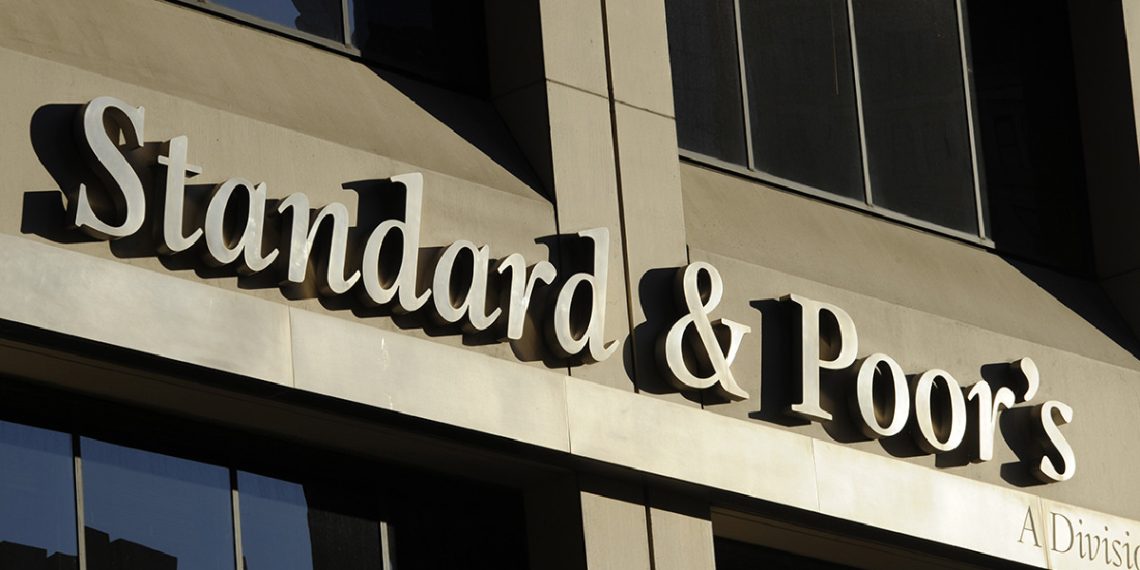Standard & Poor’s (S&P) Global Ratings has decided to affirm South Africa’s credit ratings, maintaining a stable outlook. The decision, announced on Friday night, keeps the country’s foreign currency debt rating at “BB-/B” and the local currency debt rating at “BB/B.”
Despite facing headwinds such as a sizable public sector wage hike, disappointing tax revenue, and surging borrowing costs, S&P’s decision underscores the agency’s acknowledgment of certain strengths within South Africa’s economic framework. S&P’s forecast, however, indicates a projection of government debt increasing to 83% of GDP by 2026, a figure higher than the government’s own forecast of stabilization at 77% in 2025.
S&P recognizes the potential positive impact of private sector electricity generation in alleviating South Africa’s power shortages from 2025. While real GDP growth is anticipated to slow to 0.8% this year, a subsequent pickup to an average of 1.6% over 2024 to 2026 is expected with increased power availability.
Challenges such as port bottlenecks and rail transport issues pose threats to growth, particularly affecting exporters like mining firms. S&P notes that despite these hurdles, South Africa maintains certain strengths, including a flexible exchange rate, actively traded currency, deep capital markets, and a credible central bank.
The financial vulnerabilities of state-owned enterprises, notably Transnet, remain a concern, with its total debt now equivalent to almost 2% of GDP. S&P emphasizes the importance of ongoing discussions about government support for Transnet, likely involving a mix of guarantees and equity injections.
While acknowledging strained government finances, S&P points to the deep domestic capital markets and increasing concessional financing from international institutions as potential avenues for support. Banks’ exposure to government debt has risen, but S&P suggests there is still room for absorption, and foreign-currency-denominated debt remains below 10% of the government’s total debt.
S&P also addresses the impact of greylisting on smaller financial institutions, noting that while it has raised costs, it is unlikely to significantly affect South Africa’s creditworthiness.
Looking ahead, S&P believes the ANC may lose its majority in the next year’s elections but expects “broad policy continuity.” The agency emphasizes the potential for a credit rating upgrade with an improving track record of effective reforms, structural economic growth, and reduced public debt. Conversely, a stall in reforms, worsening growth, and deteriorating government finances could lead to a downgrade.
In response to the announcement, the Treasury outlined a three-year plan focusing on raising GDP growth through improved electricity provision, logistics, infrastructure delivery, and state restructuring. Fiscal policies will support this approach by stabilizing debt and implementing fiscal consolidation through spending reductions, efficiency measures, and moderate tax revenue adjustments.
S&P’s rating aligns with Fitch, both rating South Africa as BB-. Moody’s rates South Africa at Ba2, equivalent to Fitch and S&P’s BB rating, reflecting the challenges facing the country. The upcoming February Budget is seen as a pivotal moment, shaping the outlook for South Africa’s creditworthiness amid evolving economic conditions.




























